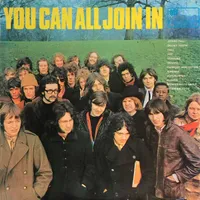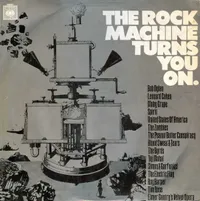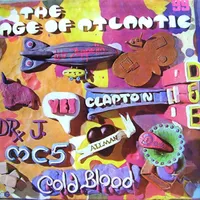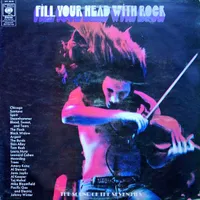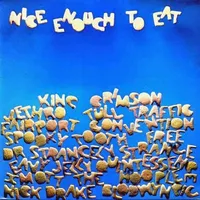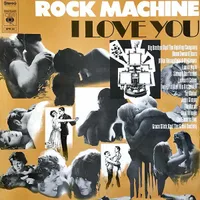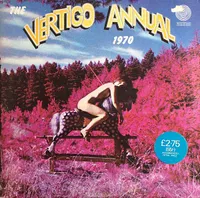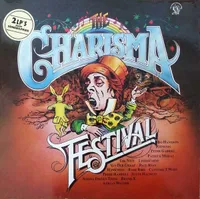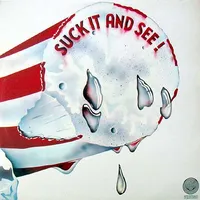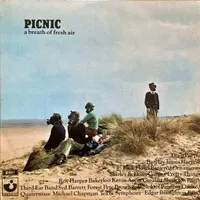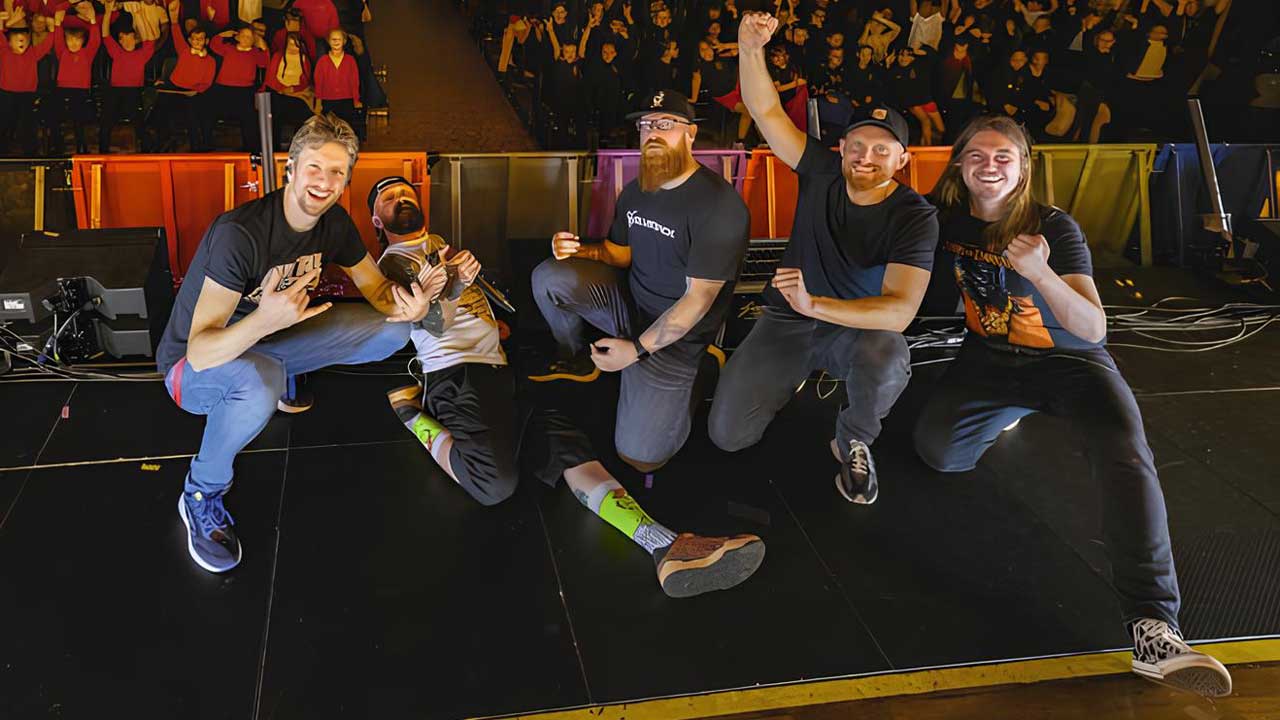"Friends would gather together to listen intently to each other's latest album purchases": The 60s and 70s record label samplers that changed our world
These label shop windows were a new music lifeline for fans and helped launch the careers of many future stars
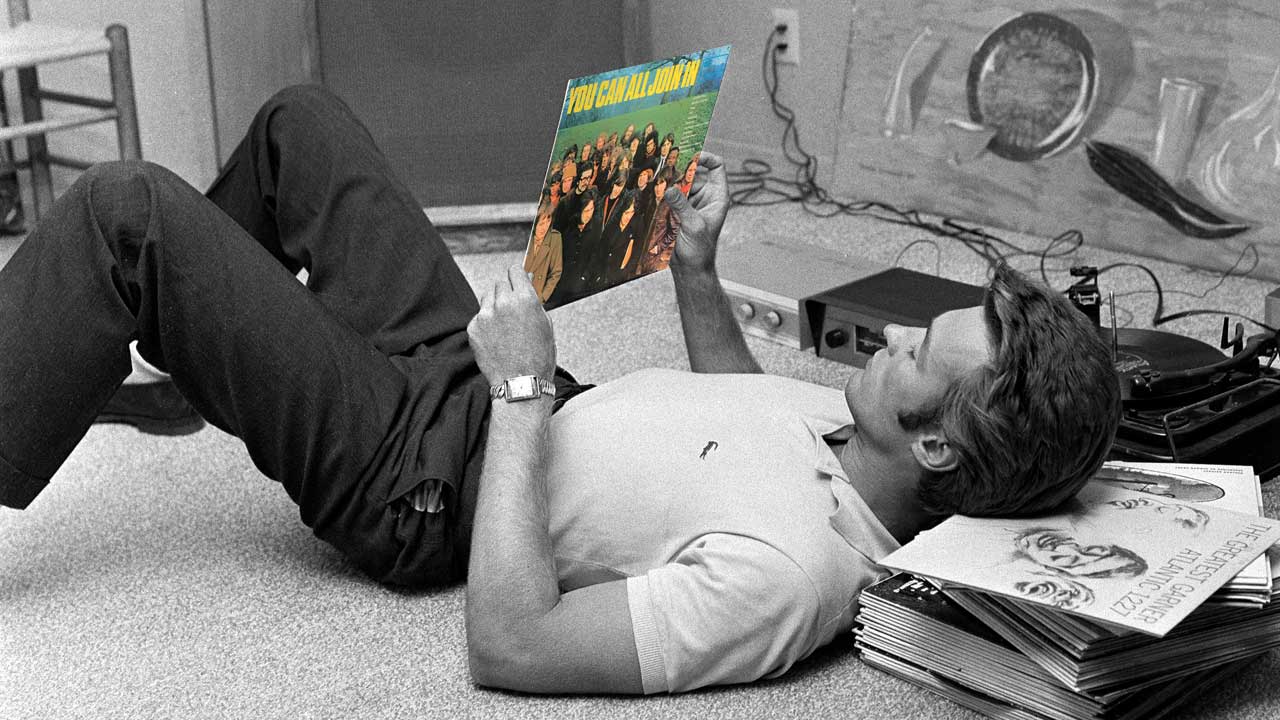
It’s all around you, as much as you desire, on the radio, TV, countless digital platforms and other means of delivery. It goes with you on your phone, laptop and tablet. You’re bombarded with it in shops, pubs, bars, restaurants, cafés and on call-hold. These days music is everywhere, whether you want to hear it or not, to the point where it can be hard to get away from it.
But it wasn’t always like that. Up until Radio 1 launched in 1967 and opened the doors wider and gave easier access, and later launched shows by hugely infuential DJs such as John Peel, Mike Raven and Alan ‘Fluff’ Freeman, if you wanted to discover new music, even the most popular stuff, you had to make an effort. Such as spending your late evenings with a finger on the radio dial, constantly tuning in to ‘drifting’ frequencies of the pirate radio stations that were a precious lifeline to music that was new and exciting.
If your taste was a little more eclectic and went beyond what was likely to figure in the Hit Parade (now know as the charts), then you really had to make the effort. Friends would gather together at someone’s house to listen intently to each other’s latest album purchase. You’d spend hours flicking through album sleeves in your local record shop, looking for sleeves that might offer some indication that the music inside might be worth hearing, and then ask if you could listen to it in one of the shop’s listening booths. Or if you got to know the person who worked on the record counter at Woolworth’s you could spend a few Saturday afternoon hours there listening to your requests, before the manager came along and told them to play something “a bit nicer”.
When ‘samplers’ – record labels’ budget-priced try-before-you-buy compilations of tracks from a range of artists on their label – came along at the end of the 60s, to music fans thirsty for something new they were affordable treasure troves. Samplers were many people’s introduction to what became their favourite artists. In many cases they were also a significant factor in some of those artists going on to become established stars.
Some of the artists were already stars, and tracks from them might be included so that punters weren’t shooting in complete darkness. Often their track-listing varied wildly in musical style, but then that was part of the point: to deliver a wide range of new music, in the hope that an artist flicked your switch and you went on to buy more by them. Of course it’s impossible to say how much they helped careers. But it’s also possible that without samplers some artists who went on to have long, hugely successful careers might not have got further than that difficult second album.

You Can All Join In (Island, 1969)
More than just a showcase for some of the newer/lesser-known signings (alongside a couple of established artists) to Island Records, that label’s first sampler showed just how good samplers could be, and would carry some weight as a ‘regular’ compilation album.
With highlights including Free’s I’m A Mover, Jethro Tull’s A Song For Jeffrey, Fairport Convention’s exquisite Meet On The Ledge and Art’s What’s That Sound (a renamed cover of Buffalo Springfield’s For What It’s Worth), this early sampler thankfully set a high bar for those that followed, and it’s arguable that few, if any, really bettered it.
The Rock Machine Turns You On (CBS, 1968)
The one that started the sampler ball rolling, and it did what the title says; this album was the first step to many people being turned on to previously unknown, mostly American artists by great tracks such as Spirit’s Fresh Garbage, Blood, Sweat & Tears’ brassy My Days Are Numbered, Moby Grape’s up-tempo shuffle Can’t Be So Bad and Taj Mahal’s laid-back slide-driven Statesboro Blues.
Those four alone are worth the price of admission. Familiar names such as Bob Dylan, The Byrds, The Zombies and Simon And Garfunkel provided a safe haven for those unsure about exploring unfamiliar territory.
The Age Of Atlantic (Atlantic, 1970)
The bigger the label, the bigger the artists and the more diverse the roster to choose from. In the 60s/70s, Atlantic was one of the biggest, and were able to have Led Zeppelin (Whole Lotta Love, Communication Breakdown), Delaney & Bonnie's Clapton-enhanced hit Comin' Home, MC5 thumper Tonight and Yes (Survival) among the carrots dangled to entice record buyers to cock an ear to then lesser-known, artists.
Among these, Iron Butterfly, Dr John the Allman Brothers Band (the excellent Black Hearted Woman), and Vanilla Fudge all offer something worthwhile.
Fill Your Head With Rock (CBS, 1970)
Given CBS’s roster, it’s no wonder they were able to muster a star-spangled double sampler with enough top-drawer class – Santana (Savour), Chicago (Listen), The Byrds (Gunga Din), Johnny Winter (I Love Everybody), Leonard Cohen (You Know Who I Am), Argent (Dance In The Smoke), Taj Mahal (Six Days On The Road) – that the supporting cast almost doesn’t matter.
But it does, and the likes of Black Widow (Come To The Sabbat), Skin Alley (Living In Sin), Steamhammer (Passing Through) are evidence that making it big depended on so much more than just making great music.
Nice Enough To Eat (Island 1969)
The success of You Can All Join In gave Island good reason to follow it quickly with another, and perhaps also the confidence to go for a stylistically broader tracklisting.
At one end there’s Dr. Strangely Strange’s hippies-on-a-log ‘la-la-la’ acoustic singalong Strangely Strange But Oddly Normal and Nick Drake’s waltztime float-away Time Has Told Me, at the other the in-your-face blast of King Crimson’s 21st Century Schizoid Man and the Eastern vibes of Quintessence’s Gungamai. In between, Tull’s We Used To Know and Blodwyn Pig’s stop-go Sing Me A Song That I Know are among the highlights
Rock Machine I Love You (CBS, 1968)
For their second Rock Machine volume, CBS came up with another collection of familiar names mixed with outside-lane punts they hoped would turn you on.
The Byrds’ California dreamer You Ain’t Goin’ Nowhere, Simon & Garfunkel’s glorious America and Big Brother And The Holding Company’s barroom tinkler Turtle Blues are the cherries topping a layer cake including Grace Slick And The Great Society’s original Somebody To Love, Blood, Sweat & Tears’ funky-brass More And More and Wendy Carlos’s all-synths Brandenburg Concerto No 3 in G Major.
The Vertigo Annual (Vertigo, 1970)
One of lesser-known and more out-and-out rock samplers of the period, this mostly British collection is notable for the strength of the tracks by some of its lesser-known artists. Best of that bunch are the gloriously fuzzed-Hammond-driven Introduction by lost-in-action proggers Gracious, Cressida’s excellent waltz-away To Play Your Little Game and especially Affinity’s brilliant Three Sisters.
The big names here include Black Sabbath (Behind The Wall Of Sleep), Uriah Heep (Gypsy), Manfred Mann Chapter Three (One Way Glass) and Rod Stewart (Handbags And Gladrags), but by no means do they steal the show.
Charisma Festival (Charisma, 1977)
One for prog-leaning fans with a broad musical taste, this has a ‘family’-feel track-listing that includes Genesis and their offspring Peter Gabriel and Steve Hackett and second cousin Brand X, Van Der Graaf Generator and their breadwinner Peter Hammill, Hawkwind, The Nice, Patrick Moraz and Lindisfarne among the better-known names on board.
That broad musical taste will be helpful when the needle hits the grooves of tracks by Rare Bird, Clifford T Ward, String Driven Thing and Paul Ryan. A double album with two tracks apiece from most of the artists, but for some of them the song selection could have been a bit better.
Suck It And See (Vertigo, 1973)
Another fine, weighty collection from the swirly label that you can enjoy watching spinning while listening to the music from names already familiar to the rock audience, including Black Sabbath’s Children Of The Grave, Status Quo’s Don’t Waste My Time, the Sensational Alex Harvey Band’s Jungle Jenny and Manfred Mann’s Earth Band’s Buddah.
You can also get a taste of what muso prog sounds like with Gentle Giant’s Boys In The Band, and get a feel for the burgeoning electronica via Kraftwerk’s Ruckzuck. A strong and safe supporting cast includes Jim Croce, the Spencer Davis Group, Rod Stewart, Ian Matthews and Jackson Heights.
Picnic (A Breath Of Fresh Air) (Harvest, 1970)
The progressive-inclined imprint of British major-player major label EMI, Harvest was at the time home to home-grown artists including Pink Floyd, Roy Harper, Deep Purple, Barclay James Harvest and R&B bruisers The Pretty Things.
All those make their mark on this double album with less obvious tracks (e.g. Floyd with Embryo, Purple with Into The Fire), but they’re given a run for their money by top tunes from comparatively in-the-shadows artists here like Kevin Ayers (Eleanor’s Cake Which Ate Her), the Battered Ornaments (Twisted Track) and Quatermass (Black Sheep Of The Family).
Sign up below to get the latest from Classic Rock, plus exclusive special offers, direct to your inbox!
Classic Rock’s production editor for the past 22 years, ‘resting’ bass player Paul has been writing for magazines and newspapers, mainly about music, since the mid-80s, contributing to titles including Q, The Times, Music Week, Prog, Billboard, Metal Hammer, Kerrang! and International Musician. He has also written questions for several BBC TV quiz shows. Of the many people he’s interviewed, his favourite interviewee is former Led Zep manager Peter Grant. If you ever want to talk the night away about Ginger Baker, in particular the sound of his drums (“That fourteen-inch Leedy snare, man!”, etc, etc), he’s your man.
